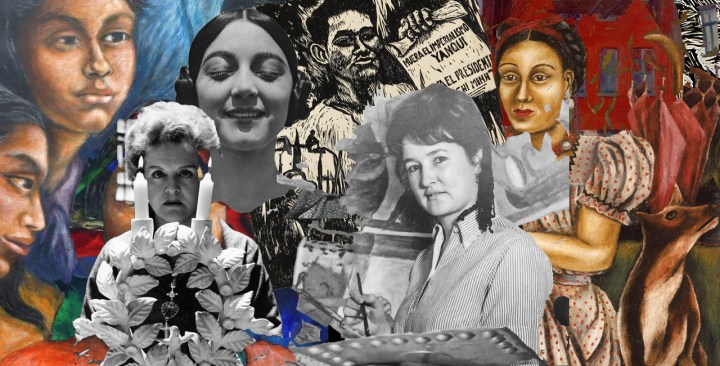1
María Izquierdo
https://www.instagram.com/p/BM5p7PLgqcL/?tagged=mariaizquierdo
While not a household name on par with Kahlo, María Izquierdo is considered one of the great Mexican painters. Born in the small village of San Juan de Los Lagos in 1902, Izquierdo – like many other young women at the time – was married off at age 14 to an army colonel. The pair had three children, and in 1923 they relocated to Mexico City. There, Izquierdo, bored of life, decided to take her first painting and sculpture classes – something that brought her real joy.
Four years later, at 25, Izquierdo left her husband and studied art full time at the Academia de San Carlos in Mexico City. She only attended the school for one year, but she ended up meeting Rufino Tamayo and Diego Rivera, who both became major influences in her life. Tamayo, who she became romantically involved with, taught her watercolor and gouache. Rivera, who mentored her, helped Izquierdo get her first exhibition at the Galeria de Arte Moderno in Mexico City in 1929. That same year, she became the first Mexican woman to have a solo exhibition in the United States – first in the New York Art center. In the next couple years, the Metropolitan Museum of Art and the Museum of Modern Art also featured her work.
Many of Izquierdo’s pieces could be defined as surrealism, but she herself rejected the label. By 1936, Izquierdo earned the description of “best contemporary Mexican painter” – and she did all this as a single mother. In 1948, Izquierdo suffered an embolism that left her paralyzed on her right side, which sadly took a toll on her work. She died in Mexico City in 1955.
While largely underrepresented, she has received accolades posthumously. In 2002, Mexico City’s National Commission for Arts and Culture declared her a Monumento Artístico de la Nación. This recognition ensures her art will be protected and studied for generations to come.

